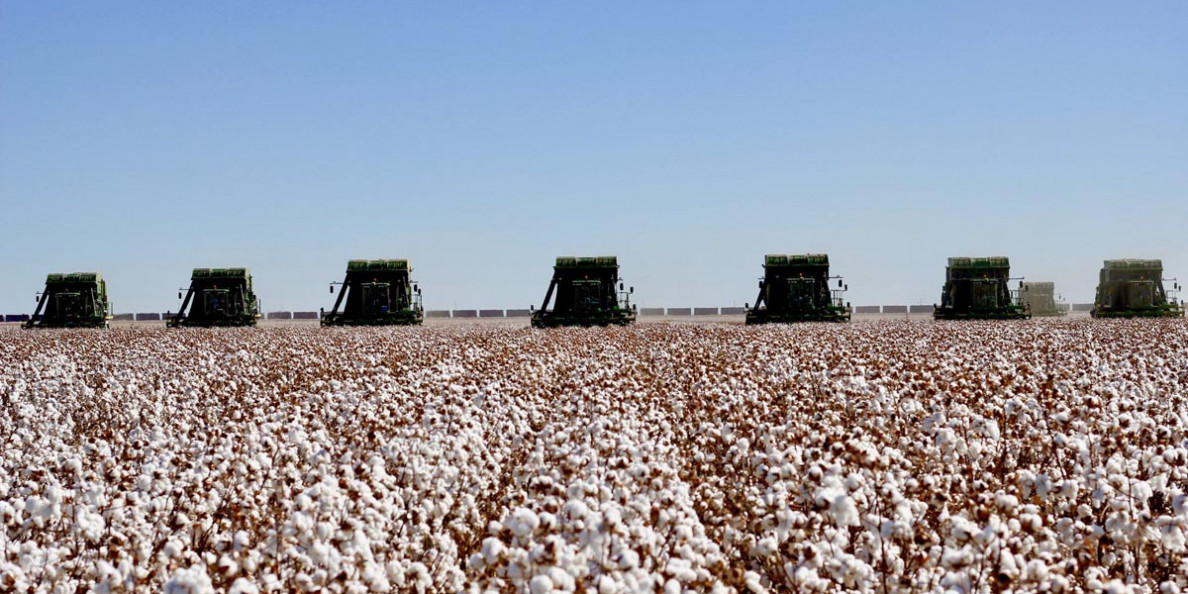The November World Agricultural Supply and Demand Estimates report from USDA showed some tightening of world cotton supplies. The U.S., Pakistan (-600,000 bales), China (-500,000 bales), and Turkey (-300,000 bales) saw large reductions in projected production of the 2019 crop.
The concentration of lowered production in major importing countries also resulted in over a million-bale increase in world imports and exports.
The bottom line of all this was a 2.89 million-bale decrease in world ending stocks, which is fundamentally price supportive, at least in terms of the monthly adjustment. There is still a lot of cotton in the world, with current projections of production and ending stocks representing the fifth and sixth highest levels in history.
The tightening picture was more focused and more dramatic in the U.S. cotton adjustments by USDA. U.S. cotton production was cut by 900,000 bales, month over month. The reductions were mostly in Texas (-700,000 bales) and Kansas/Oklahoma (-150,000 bales), and they resulted from downwardly adjusted yields per harvested acre.
We appear to be reaping the effects of a poor start and inadequate root systems that ran up against a hot, dry July and August, lastly to be finished off by an early freeze in October.
With no change in U.S. carry-in, domestic use, or exports, the bottom line was a 900,000-bale reduction in U.S. ending stocks. This is a little unusual since USDA had been doing their normal practice of making incremental cuts to production since August. With a late crop, I was expecting more of the same. And, if there was a big adjustment in production, I figured that would be partially offset by a cut in exports - WRONG!
If we hold to the theory of incremental adjustments by USDA, the November report makes me wonder is there more to come? Time will tell, and we will have more ginnings data to confirm the picture as we wind down the harvest season.
The market implications for this are that it makes what was a fundamentally very bearish outcome (i.e., a 2.5 million bale increase in ending stocks, year over year) into a moderately bearish outcome (a 1.5 million bale increase). To my way of thinking, it justifies the current rangebound futures trade in the mid-60s and lessens the chance of slipping back below 60 cents.
There may be several more cents of upside, especially if another production cut, or a trade dispute resolution, induces a short covering rally by speculative sellers.


